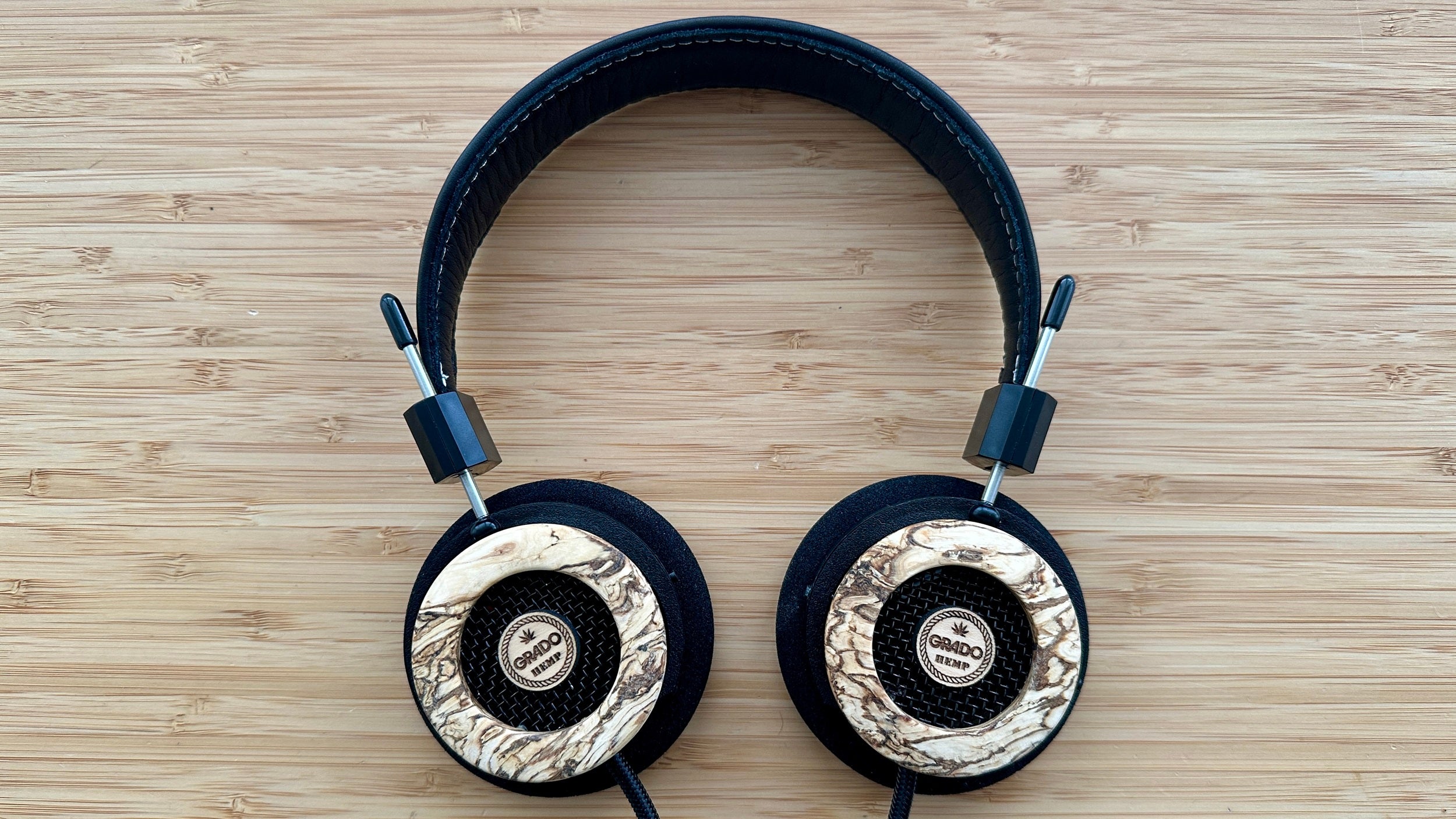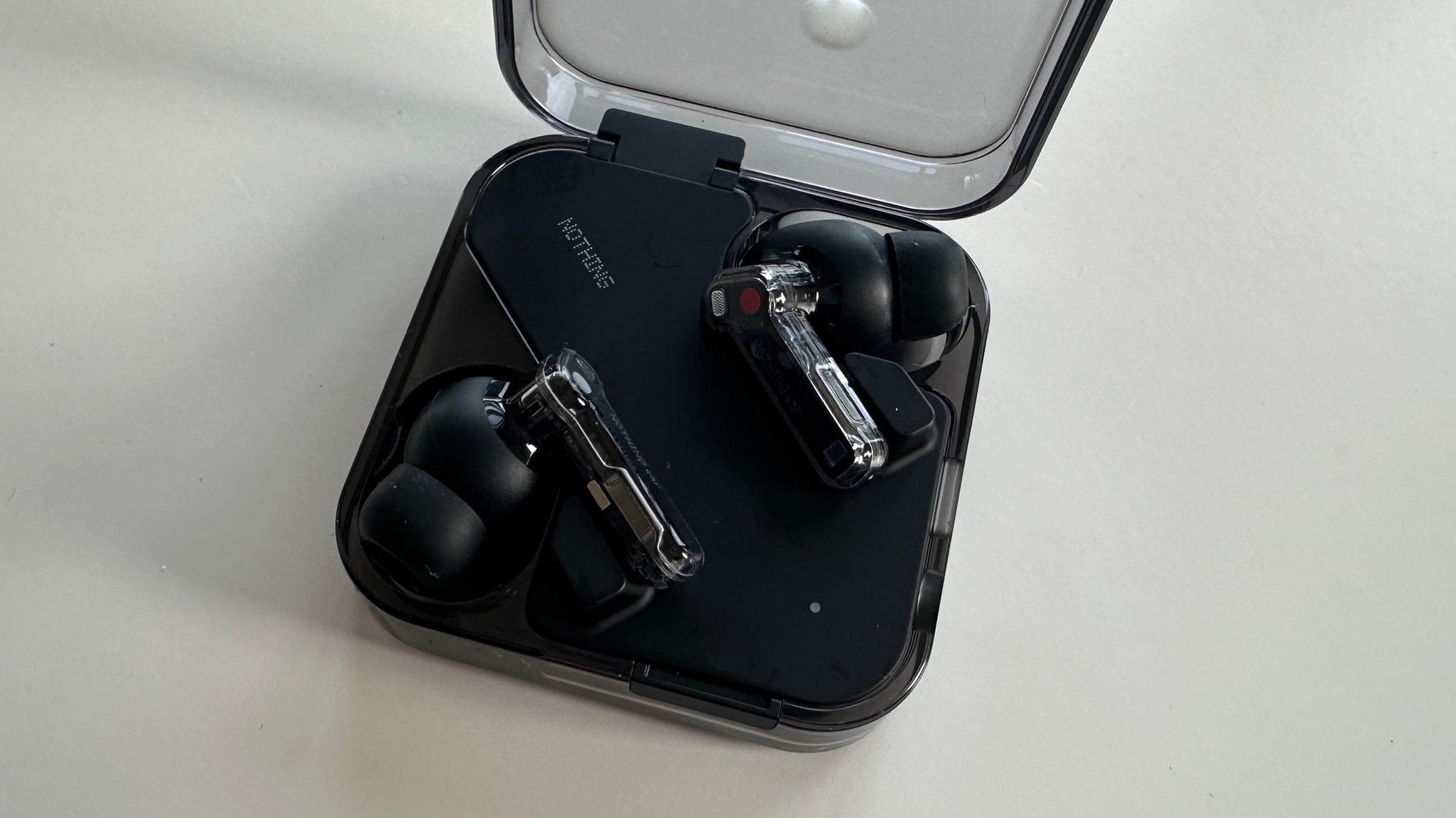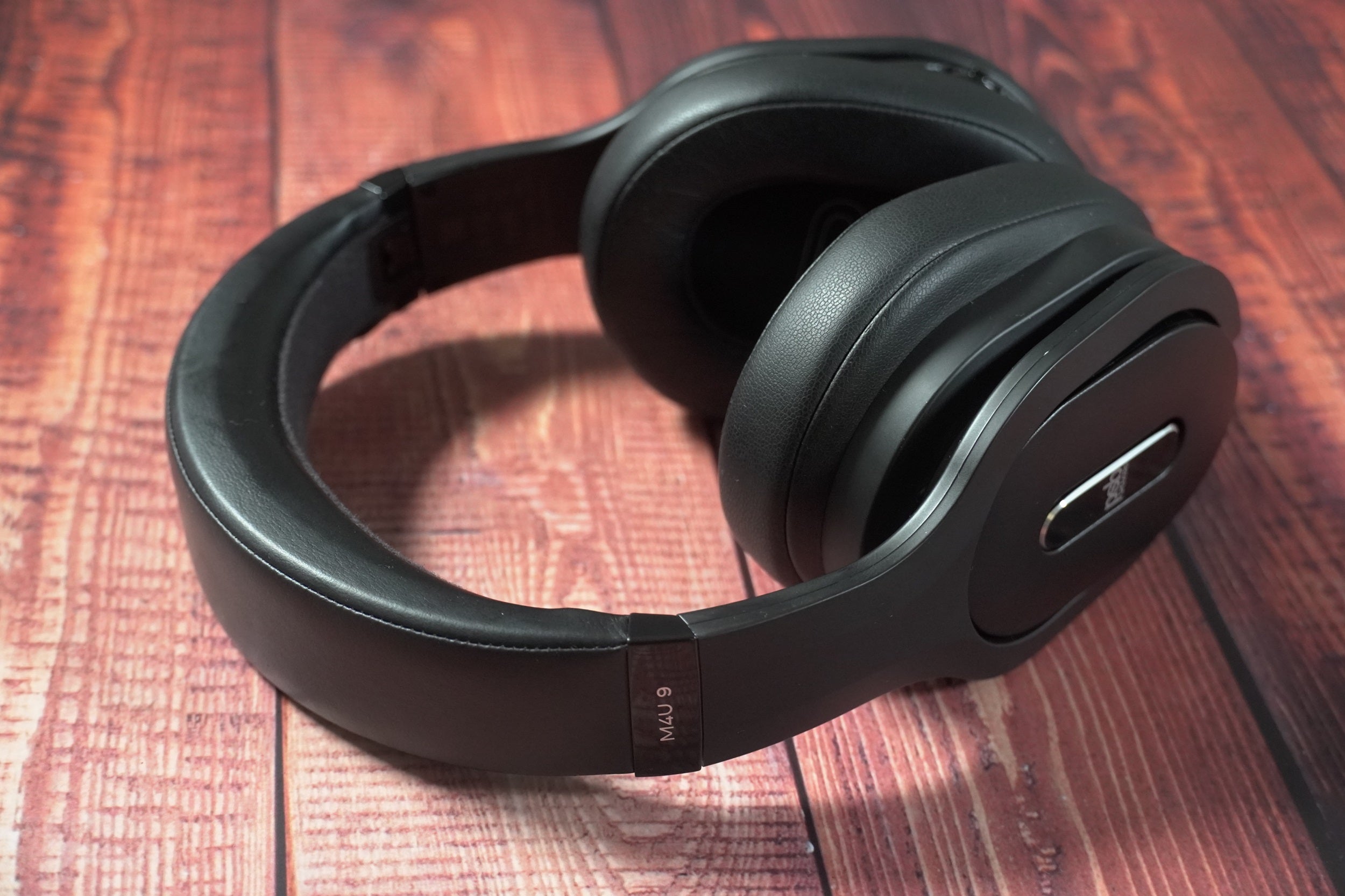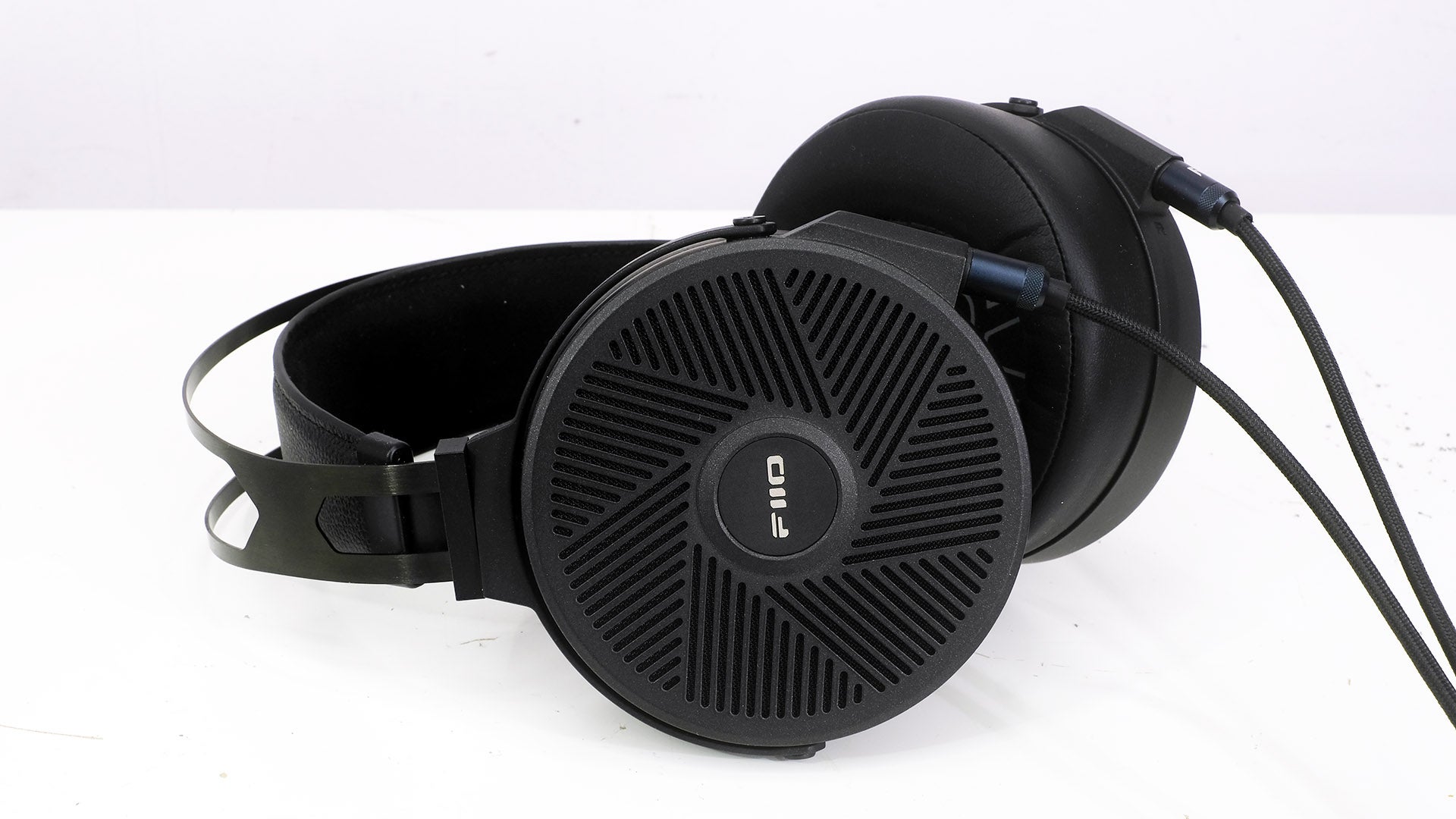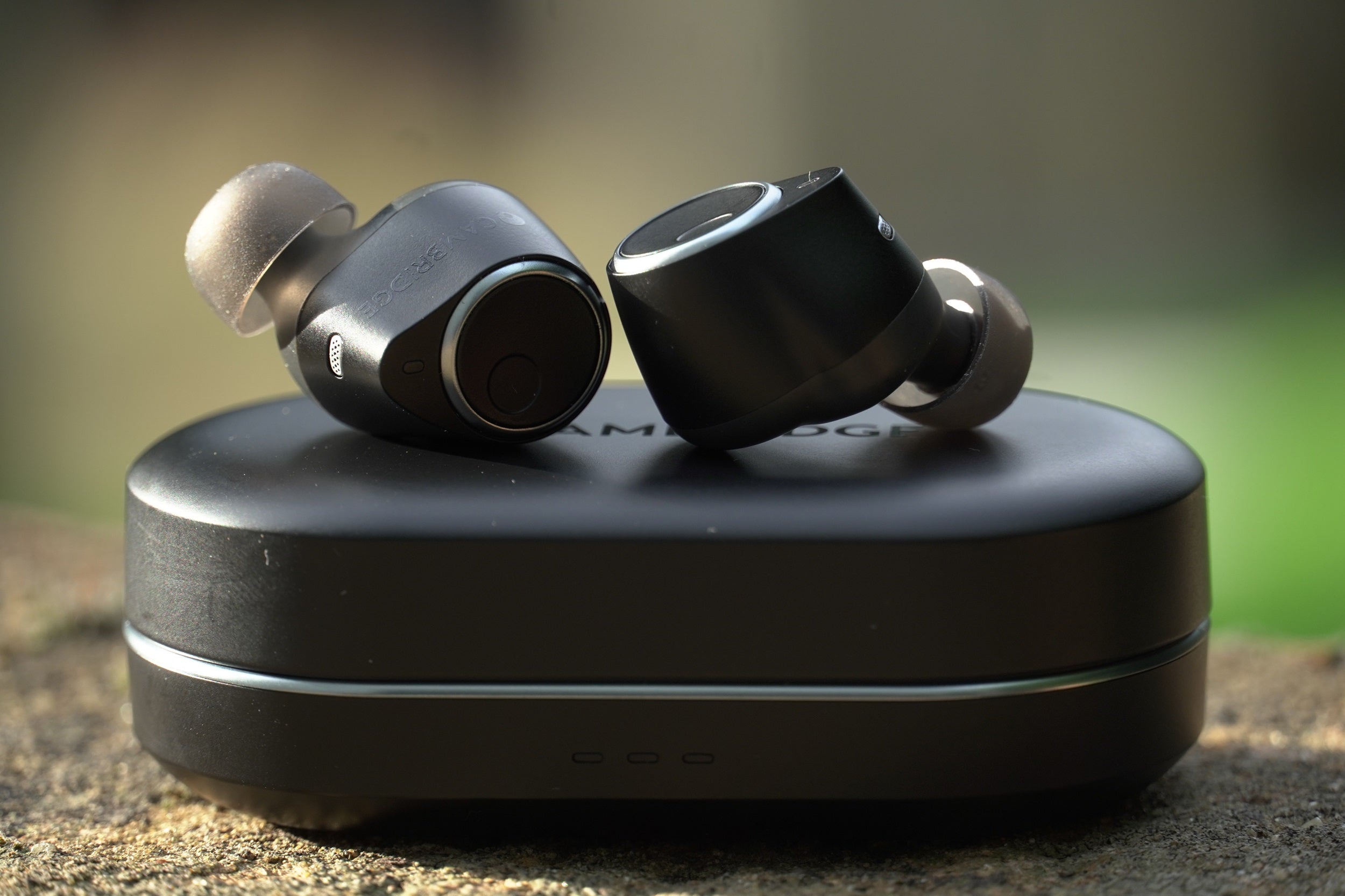Bowers & Wilkins PI3 Review
These earphones offer exceptional sound quality at a great price
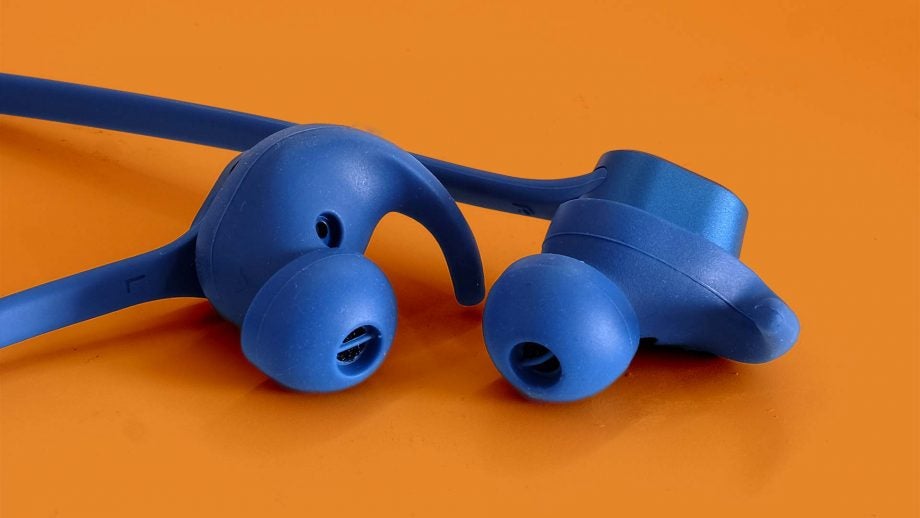

Verdict
The Bowers & Wilkins PI3 are the perfect neckband earphones for those whose priority is sound quality above all else. Audio quality per pound is remarkable, and they’re more consistent performers than the £300 Sony WI-1000XM2. However, battery life should be better at this price.
Pros
- Agile, punchy bass
- Excellent mid-range detail and realism
- Intricate imaging
Cons
- Relatively short battery life
Key Features
- aptX/aptX HD/AAC
- Ear hooks
Introduction
Headphone tech has moved forward in recent times, following years of model launches that saw only minor tweaks and stylistic changes. And this progress leaves the Bowers & Wilkins PI3 looking almost retro.
These are simple neckband wireless headphones; there’s no noise cancellation, no true wireless transmission and no advanced voice assistant support.
However, the Bowers & Wilkins PI3 are among the best-sounding earphones you can get at the price, able to stand up to many a higher-price set. This feat alone earns them a high score; after all, sound quality is the number one consideration in our headphone reviews. Battery life should be better at this price, though. Eight hours is barely acceptable when there are some true wireless pairs on the market that last this long.
Availability
- UKRRP: £169
- USARRP: $199
- EuropeRRP: €199
- CanadaRRP: CA$279
- AustraliaRRP: AU$299
The B&W PI3 were announced and released in late 2019 for £169 / $199 / €199 / CAD$279 / AUD$299.
They’re available directly from B&W, or from websites such as John Lewis & Partners.
Design
The Bowers & Wilkins PI3 look similar to the Libratone Track+ earphones I reviewed last year. They have slender stems that sit by your collar bone, but in this case those stems are plastic rather than aluminium.
Is Bowers & Wilkins out to save a few pennies? Perhaps, but plastic is also lighter than aluminium. A lower weight stops headphones such as these from bouncing around when you wear them in the gym or during a run.
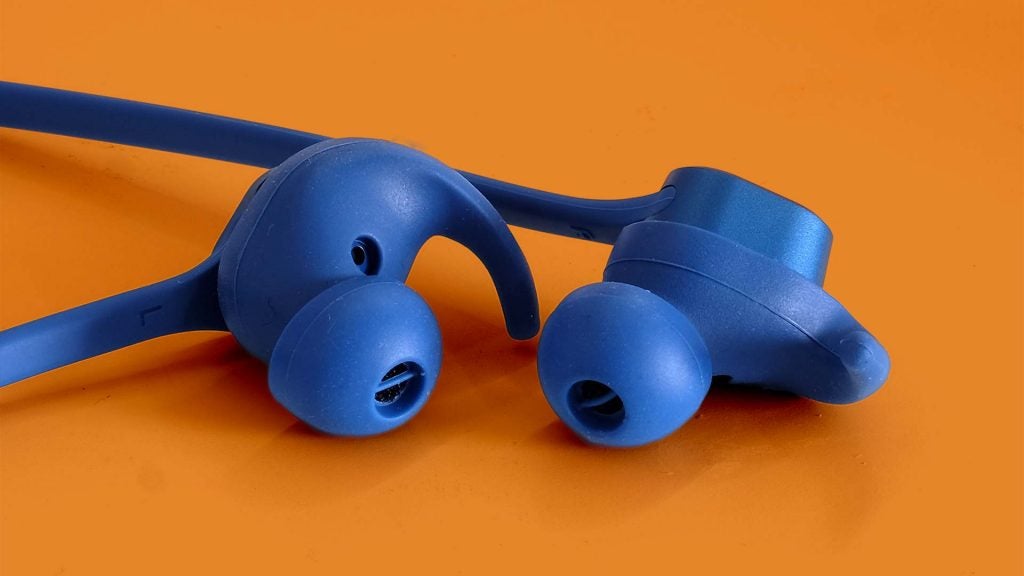
I’ve used several neckband models that look sporty but are completely unsuited to running as they gradually rotate around your neck as a result of poor weight distribution. That isn’t a problem here. Note that the Bowers & Wilkins PI3 don’t hold an IP rating, the system used to specify levels of water and dust proofing. So while they’ll be fine with a bit of sweat or being caught out in some “light rain”, we wouldn’t give them a rinse under the tap after a workout.
While these aren’t flat-out sporty headphones, their fit is that of a sports pair. They exert just the slightest pressure on the back of your neck, to hold them in place as you move around.
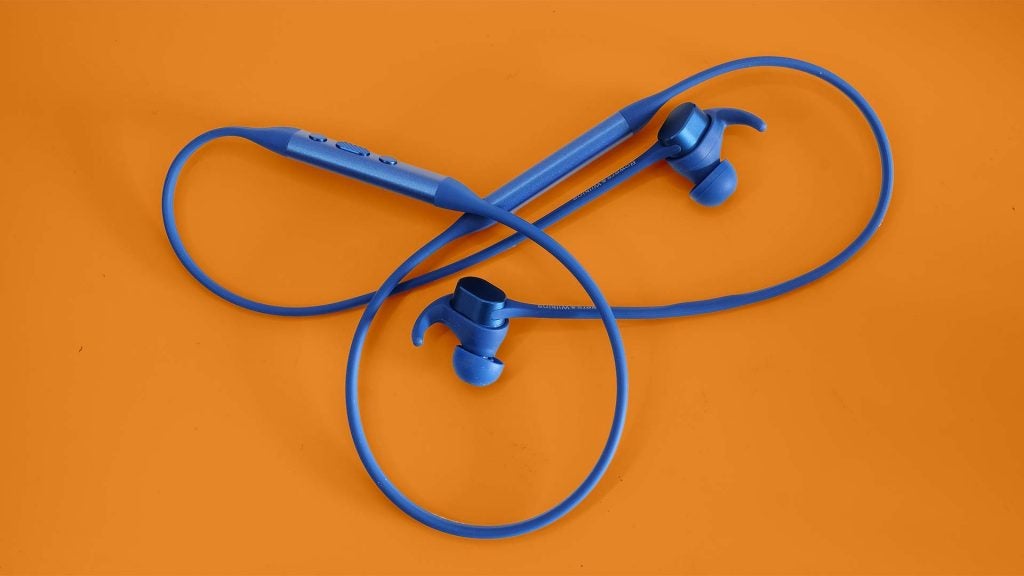
They have ear hooks, too, to anchor the earpieces in place. These are optional, though: you can remove them, as they’re separate from the tips themselves.
The usual small, medium and large sizes of tips and hooks is supplied in the box. As is a smart-looking woven fabric carry case and a short USB-C charge cable. You may need to use your phone’s cable (if you own an Android), if you require something longer.
The Bowers & Wilkins PI3 are available in grey, blue or gold. And while the neckband blocks are plastic, the back half of each earpiece is painted anodised aluminium.
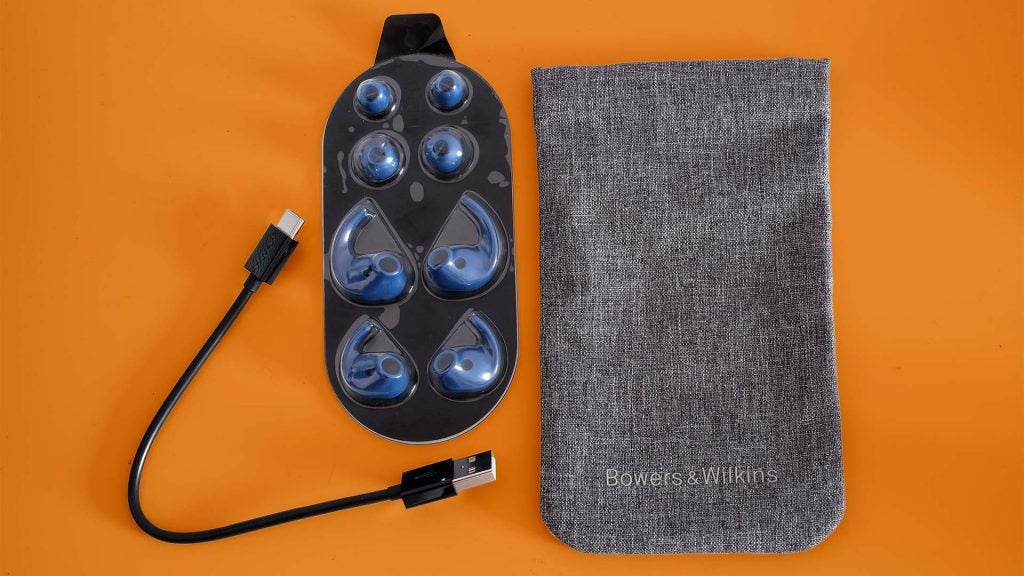
Features
The Bowers & Wilkins PI3 don’t offer the most obvious techie advancements in earphones. They don’t cancel out ambient noise such as the Sony WI-1000XM2. They won’t translate foreign languages such as the Google Pixel Buds, or track your heart rate as the Bose SoundSport Pulse do.
Their underlying tech is completely sound, however. The Bowers & Wilkins PI3 use Bluetooth 5.0 and support apt-X. The latter is a streaming standard that supports higher bit-rates than Bluetooth default SBC. And all three variants are supported: apt-X, apt-X HD and apt-X Adaptive. AAC is here, too, for the iPhone crowd. Wireless performance proved faultless in my experience.
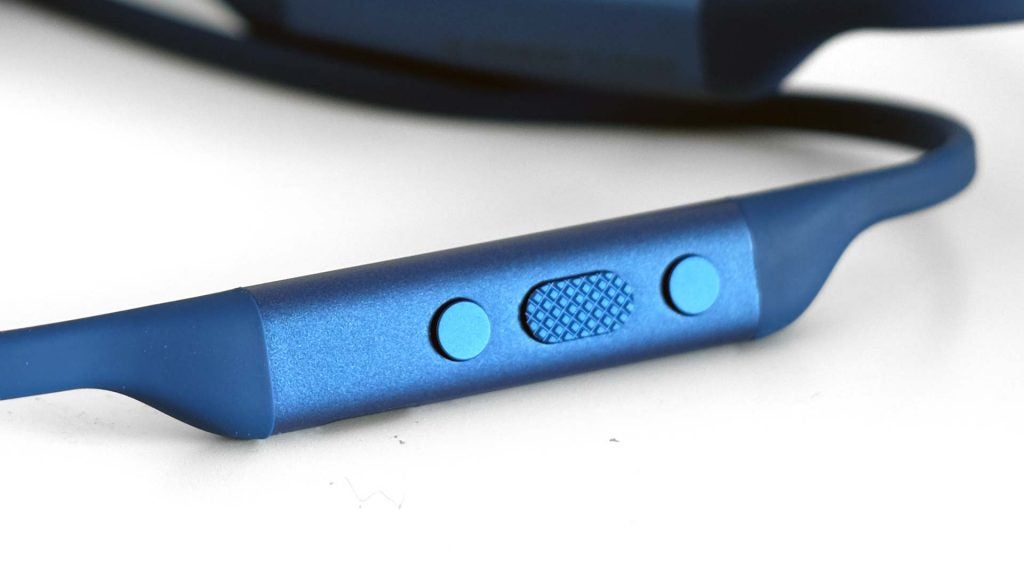
However, battery life is below average. The Bowers & Wilkins PI3 rating of 8 hours’ use seems low when the SoundMagic E11BT and Sony WI-C400 last well over 24 hours. This may be a result of the amplifier circuit used, particularly since these are Bluetooth 5.0 headphones. They have dual amplifiers. And while Sony’s WI-C400 last 30 hours, the company has also just released the £300 WI-1000XM2 that last 10 hours.
It appears that it’s easier to make an affordable model of earphones that last a long time between charges than pricey one right now.
A USB-C socket charges the Bowers & Wilkins PI3, achieving 2 hours’ use from a 15-minute charge.
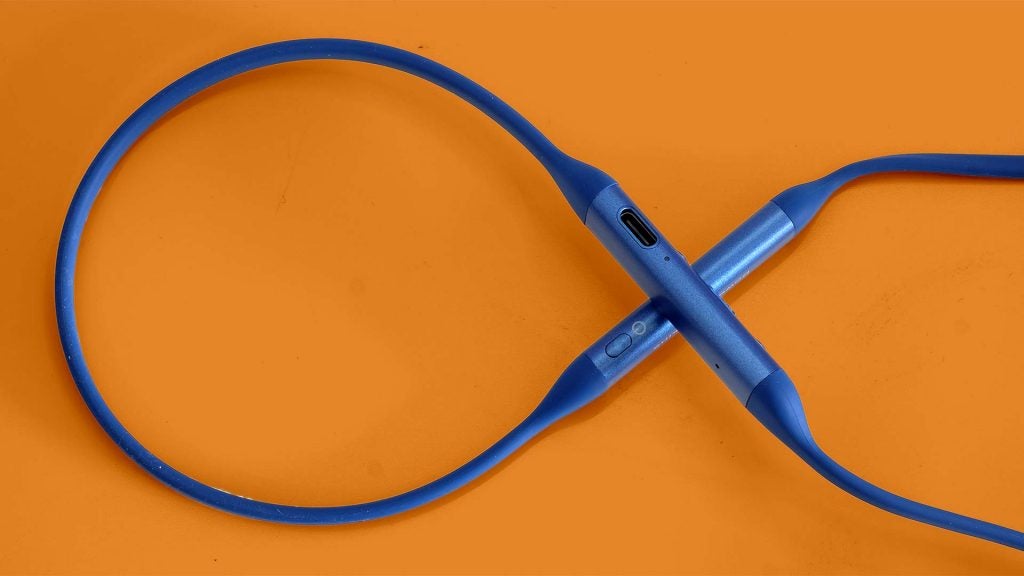
Sound quality
Battery life that only matches the longest-lasting true wireless earphones is a real issue. But the Bowers & Wilkins PI3 more than make up for it with their sound.
These earphones have two drivers per earpiece: a 9.3mm dynamic driver and a balanced armature. Dual driver earphones in the £100-250 range used to be reasonably common, but big-brand pairs are now quite rare, perhaps because features such as ANC are seen as more important.
The Bowers & Wilkins PI3 offer the most seamless driver integration I’ve ever heard in an in-ear headphone, in over 12 years of reviewing such devices. This isn’t a given, as multi-driver arrays use separate drivers to handle different parts of the frequency spectrum. Here, the 9.3mm dynamic driver brings the bass and the armature the higher frequencies.
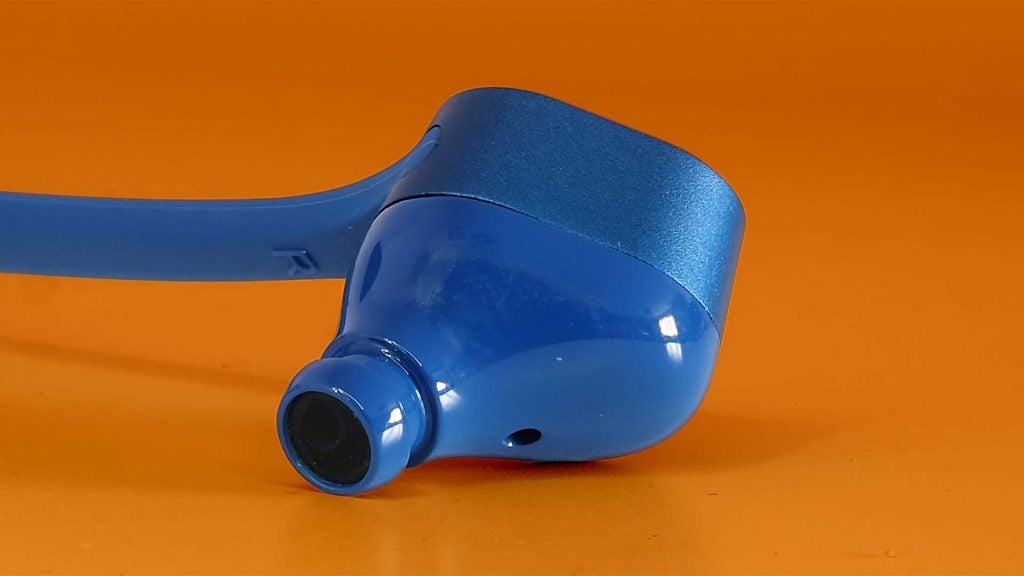
Their continuity of character is quite remarkable, as are several aspects of the tone. The Bowers & Wilkins PI3’s bass is exceptionally taut and punchy. Its agility is among the very best available in a sub-£200 earphone.
Similarly, mid-range quality is excellent. There’s no huge spongy crash mat of mid-bass; no top-loaded upper bass skew designed to increase the perception of “presence”. Add excellent mid-range detail rendering and you have the perfect formula for natural representation of the most challenging close mic’d, minimally produced vocal.
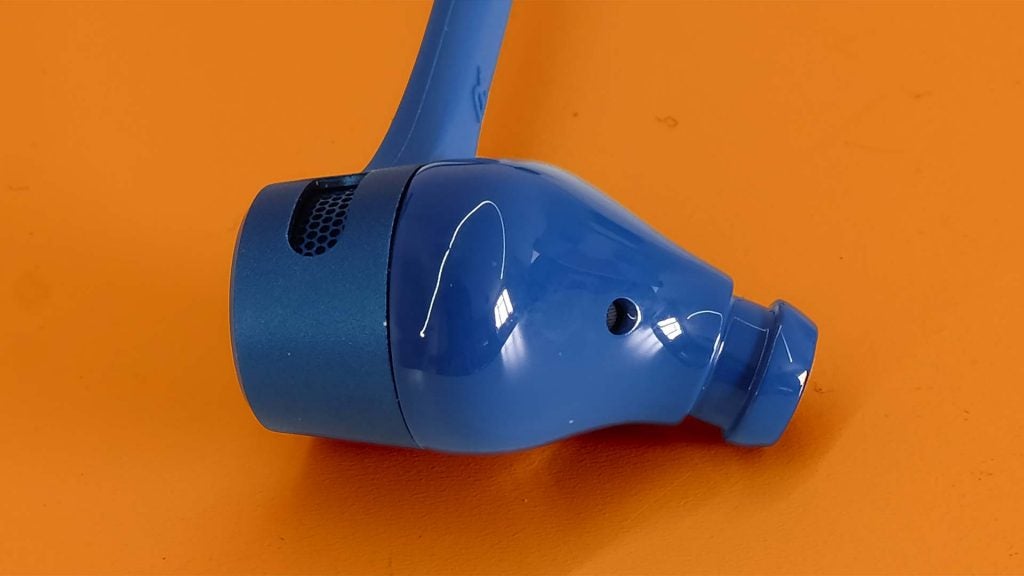
The Bowers & Wilkins PI3 don’t display the brighter treble character of the Sony WI-1000XM2 or the V-Moda Forza Metallo wireless, and there is a hint of added bulk to the lower mids, for a richer tone. Nevertheless, the higher frequency detail is excellent, and a consistent approach across the spectrum only adds to the sense your music is being served up in its natural state. It also avoids any potentially tiring sibilance or sharpness.
It should almost go without saying that the Bowers & Wilkins PI3’s stereo imaging is very good, given the praise I’ve showered on all aspects of their sound reproduction so far. However, it would be even better if these earphones had a wider sound field.
Like several of my favourite dual-driver earphones over the years, any sense of the “epic” in tracks comes from an intricate rendering of the arrangement, not from raw scale of sound.
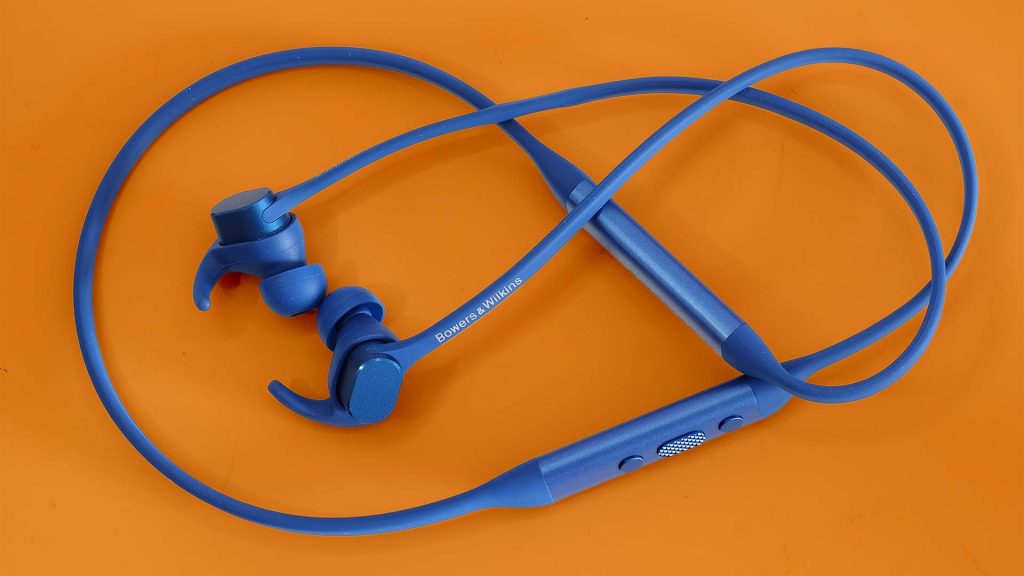
Should you buy it?
Sound quality, above all else, is a priority Audio quality per pound is remarkable, and they’re more consistent performers than the £300 Sony WI-1000XM2.
You’re after noise cancellation There’s no ANC in these earbuds, so if you’re after a neckband headphone with this feature intact, try the Sony WI-1000XM2 instead.
Final Thoughts
The Bowers & Wilkins PI3 are the perfect neckband earphones for those whose priority is sound quality above all else. Audio quality per pound is remarkable, and they’re more consistent performers than the £300 Sony WI-1000XM2. However, battery life should be better at this price.


